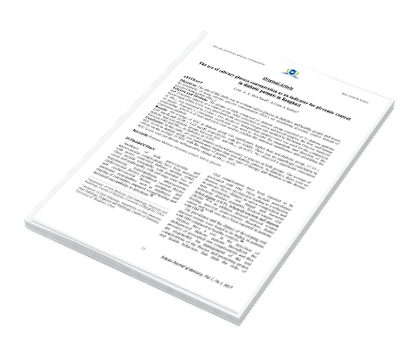The use of salivary glucose concentration as an indicator for glycemic control in diabetic patients in Benghazi
DOI:
https://doi.org/10.37376/ljd.v1i1.1801Keywords:
Diabetes Mellitus; Glycemic control; Saliva; glucose.Abstract
Objectives: The aim of this study was to evaluate saliva glucose in diabetics and healthy people and assess
the possibility of using salivary glucose concentration (SGC) for monitoring glycemic control instead of
glycated hemoglobin (HbA1c).
Subjects and Methods: The groups of study composed of: diabetic group consisted of 52 diabetic patients
and 25 healthy subjects as a control group. After collection of saliva and blood samples, the SGC and fasting
blood sugar (FBS) levels were measured with enzymatic-oxygen rate method by Beckman Glucose Analyzer
II. HbA1c was measured by Cobas c 111- Roche.co. Independent samples t-test was used for the comparison
of means. Pearson's r correlation coefficient was used to describe the magnitude and direction of the
relationship. ANOVA (F test) and t-test were used to confirm the statistical significance and calculating the
regression equation.
Results: The average of SGC in diabetic group was significantly higher than non-diabetic group, 17.14 ±
4.69 mg/dl and 14.08 ± 1.63 mg/dl, respectively, with (p= 0.000). There was no significant correlation in
diabetic and non-diabetic groups between SGC and HbA1c (p>0.05). We observed a significant correlation
between FBS and HbA1c in diabetics (p<0.05).
Conclusion: In this study, all salivary samples reflected presence of glucose in both groups. The average of
SGC levels in diabetic group was significantly higher than non-diabetic subjects. In diabetics, there were no
effects on the average of SGC with the change of gender, age, type of therapy and duration of the disease.
SGC levels were not directly influenced by change in HbA1c levels
Downloads

Downloads
Published
How to Cite
Issue
Section
License
Copyright (c) 2022 Libyan Journal of Dentistry

This work is licensed under a Creative Commons Attribution-NonCommercial-NoDerivatives 4.0 International License.







